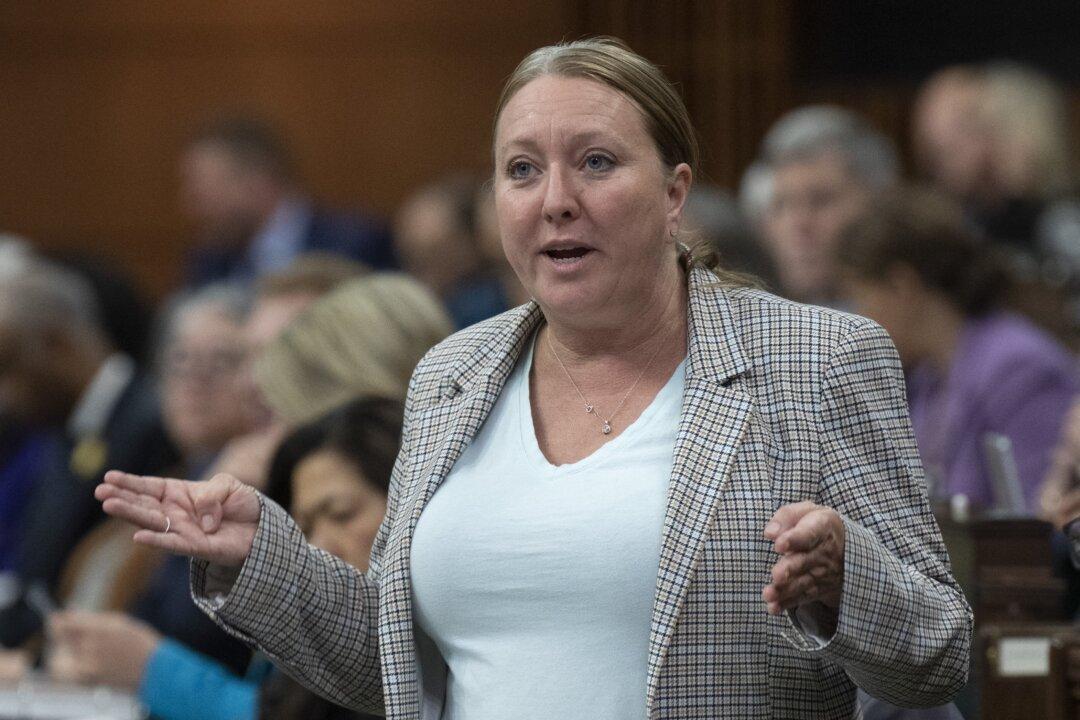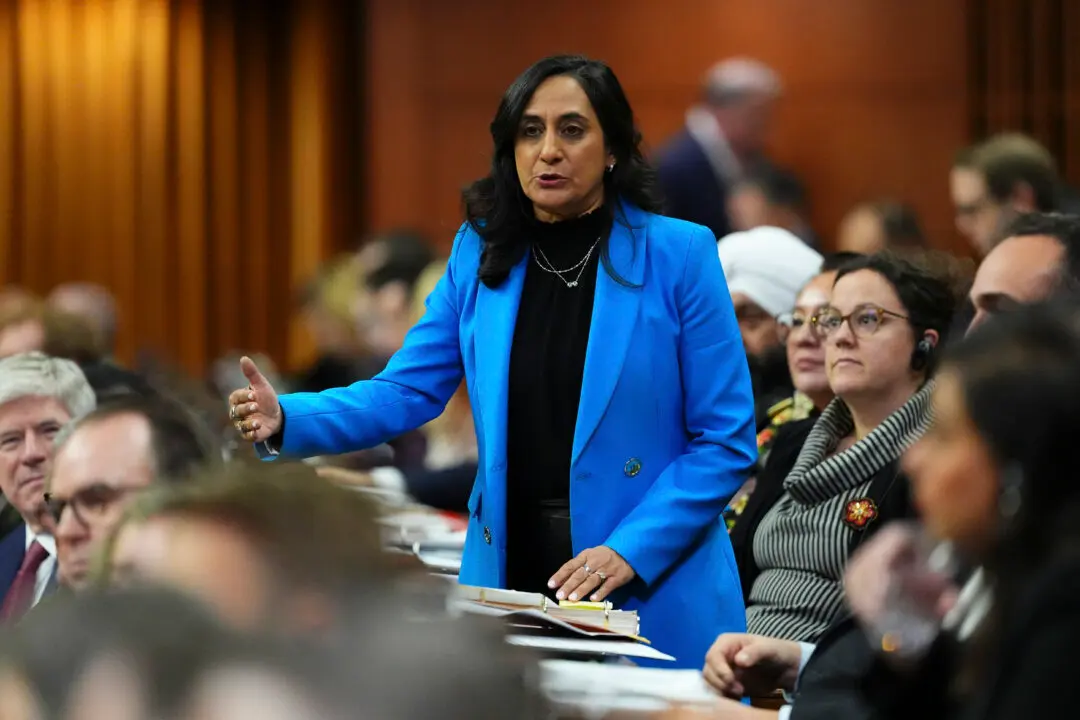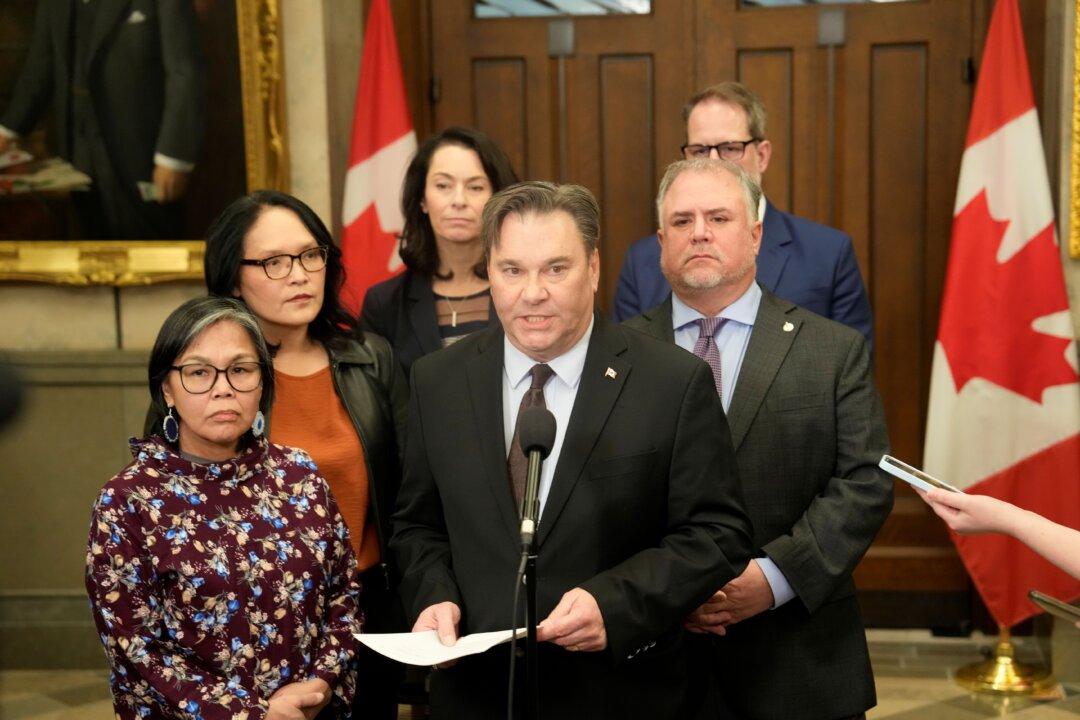While the Liberal government has agreed to add about $5.2 billion to the pockets of its employees over the next four years, the president of the Treasury Board says this does not include the cost of a $2,500 bonus for each worker, which if added, will raise the settlement by another $300 million.
Testifying before the Senate Standing Committee on National Finance on May 3, Mona Fortier said the deal Ottawa has tentatively reached with the Public Service Alliance of Canada (PSAC) does not include the expense that will come with a one-time pensionable payment of $2,500 to each of the 120,000 PSAC members who were on strike from April 19 to May 1.





